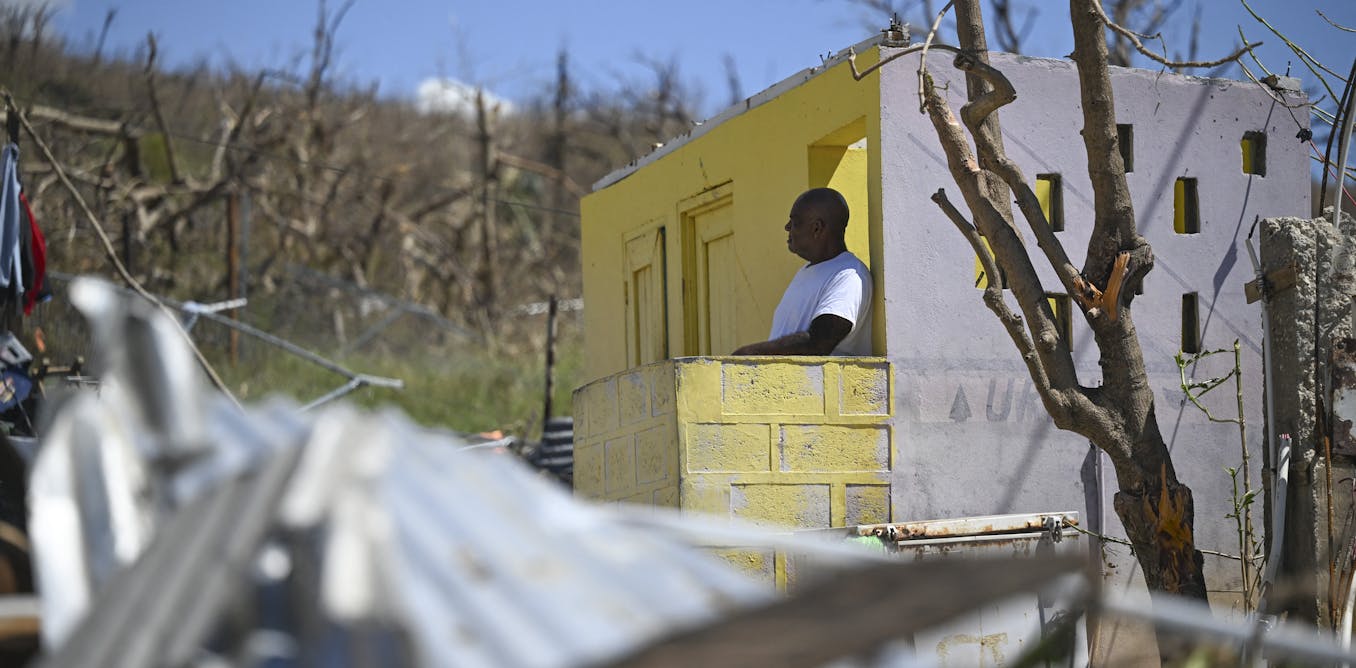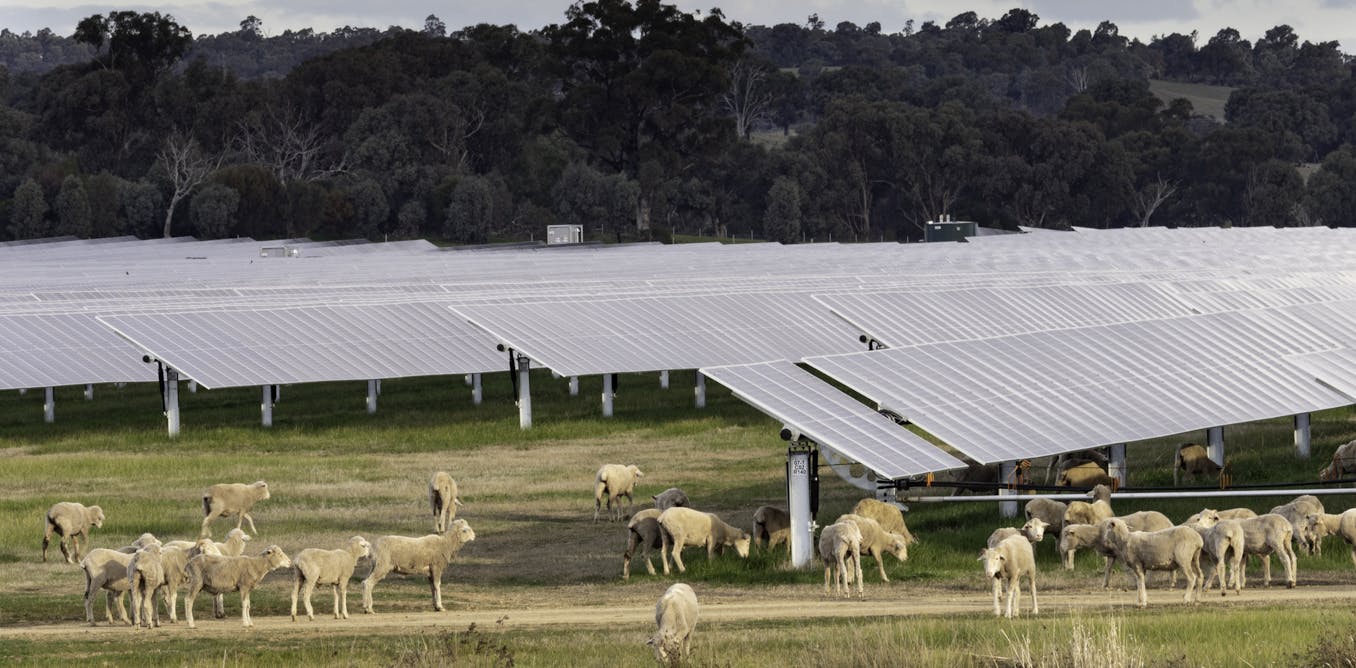Counting seconds between a lightning flash and thunderclap is how anyone can tell how far away a thunderstorm is. (The storm is one kilometer away for each three seconds you count.) But if you want to know when the storm is coming and how strong it will be, you’re better off counting lightning flashes. That’s because supercomputer-armed meteorologists can use lightning flash data to make more sophisticated predictions.
A team led by meteorologist Ming Xue at the University of Oklahoma reported last month a new way to incorporate lightning data into thunderstorm forecasting models in Advances in Atmospheric Sciences. Early efforts to use lightning flashes were centered on regional ground-based networks of lightning detectors. In 2016, the U.S. National Oceanic and Atmospheric Administration (NOAA) launched the Geostationary Operational Environmental Satellite (GOES) -16 and -17 satellites with cameras designed to detect lightning flashes, making it possible to watch how lightning evolved over most of both American continents.
The satellite-mounted devices offered the potential both of better understanding the relationship between lightning and thunderstorms, and the possibility of using the lightning data to improve thunderstorm forecasts. Indeed, in one early use, forecasters predicted that a threatening storm would move away from an outdoor concert, preventing an unnecessary evacuation.
Rendering of a GOES-R Series satellite.Lockheed Martin
Yet, incorporating that data into weather forecasting models fast enough to improve storm forecasting is an enormous computing challenge. Meteorologists use various different frameworks to assign different weights and uncertainties to each available data sources and input the data into computer models of the atmosphere that then generate storm forecasts.
Since the satellite-based data is so much more extensive than previous regional datasets, researchers are trying to find more efficient ways to direct the flood of lightning flash data into NOAA’s supercomputers.
Xue and colleagues, who had previously used a framework called a Gridpoint Statistical Interpolation ensemble Kalman filter (GSI-EnKF) to feed lightning data to forecasting models, decided to test a different approach, called a GSI ensemble-variational (EnVar) hybrid data assimilation framework. The GSI EnVar approach is different because it incorporates an ensemble approach, meaning it assumes slightly different initial conditions and runs the same calculation many times. The different answers they get from each calculation provide some idea of the overall uncertainty, and also how the answer depends on the specific initial conditions.
However, running so many calculations requires tradeoffs elsewhere, whether in how the team simplify the physics of storms in their model, or how they combine uncertainties, and other parameters.
In the best case, their approach would provide better forecasts with a lower computing cost. Even matching the other…
Read full article: How Lightning Flashes Help Predict Storms

The post “How Lightning Flashes Help Predict Storms” by Lucas Laursen was published on 01/15/2024 by spectrum.ieee.org



































